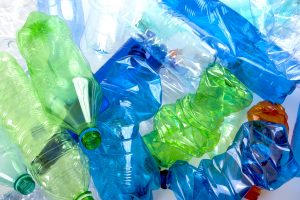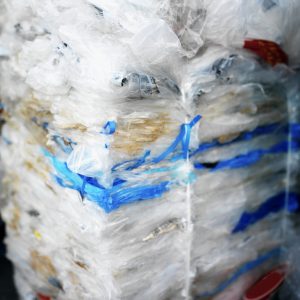How to Efficiently Deliver Your Plastics to the Recycling Station
 Plastic revolutionized our way of life. Businesses and manufacturers applied plastic to nearly every industry imaginable. The lightness of and durability of plastic improved our packaging, our construction, and how we develop new technology. And it seems like plastic use is only heading upwards. But one downside is that not enough people recycle the plastic that they use. Major manufacturing plants in particular are hesitant to deliver their plastics to a recycling station. Many of them fear that the cost of transport may is too oppressive. But fortunately, there is a workaround. If you’re worried about the cost of your plastics, here’s how to efficiently deliver them to the recycling station.
Plastic revolutionized our way of life. Businesses and manufacturers applied plastic to nearly every industry imaginable. The lightness of and durability of plastic improved our packaging, our construction, and how we develop new technology. And it seems like plastic use is only heading upwards. But one downside is that not enough people recycle the plastic that they use. Major manufacturing plants in particular are hesitant to deliver their plastics to a recycling station. Many of them fear that the cost of transport may is too oppressive. But fortunately, there is a workaround. If you’re worried about the cost of your plastics, here’s how to efficiently deliver them to the recycling station.
Whether it’s helping transport plastic to the recycling station or giving other great tips, KenBay is committed to zero waste. We offer a wide range of compactors to you for plastic and other kinds of waste. For more information, visit our website.
Off to the Recycling Station . . . But How?
The Problem with Transport
The biggest concern among manufacturers is the cost of transporting plastics. Plastic tends to expand, and doesn’t like bending from its original shape. That expansion means filling up more space on the freight truck, which then leads to a greater number of trips. Trips that you pay for, every time. Many companies attempt to cut down on these trips through compacting their plastic waste. But there’s still a problem with using something like a baler.
The Problems With Balers
Plastic wrap tends to “bounce back” or regain some of its original shape, even during a compaction process. Most balers don’t have the ability to continuously compact the waste without resorting to additional specialized equipment. They also can’t compact the plastic quickly enough to stifle the bounce back effect. As a result, the baler fills too quickly and compacts a smaller amount of plastic.
What’s the Better Solution?
The best solution is to forget using the baler and instead rely on a dependable compactor. Ideally, a compactor should feature a quick continuously rotating arm. Thus, the machine presses the plastic down so quickly and frequently it won’t have time to bounce back. Adding some heat will also help the process. Once you compact the plastic, store it inside an easily stackable bag. Now, more bags fit onto the truck, which means fewer overall trips to the recycling station. That’s where the savings come from!
KenBay Helps Your Plastics Get There
Plastics will play a major role in our effort towards renewable energy, but not if we don’t recycle them properly. One of the best ways to recycle your plastic is through our RotoPacs. RotoPacs not only are safe, easy, and offer continuous compaction, they deliver even more! They’re portable and very easy to move around your facility. You can put them right at the source of your plastic waste. That way, you reduce clutter and improve overall safety even further. If you would like to try out a KenBay RotoPac for yourself, you can try one before you buy one. Simply pay a small fee and we’ll send one to your location. Best of all, there’s no complicated process if you want to keep it for life. Simply pay the rest of the full price, and it’s yours!


 Shrink wrap is a prevalent material used across many industries. You’ll find in your grocery stores, and wrapping entire pallets full of shipments. Unfortunately, most of this stretchy, filmy, sticky plastic that can be somewhat of a nuisance ends up going straight into the trash – 95% of it to be precise. That’s a lot of plastic going to our landfills, and in certain industries it gets to be a voluminous waste stream accounting for tens of cubic yards a week, meaning multiple dumpsters full of the stuff. Without making a concerted effort to separate
Shrink wrap is a prevalent material used across many industries. You’ll find in your grocery stores, and wrapping entire pallets full of shipments. Unfortunately, most of this stretchy, filmy, sticky plastic that can be somewhat of a nuisance ends up going straight into the trash – 95% of it to be precise. That’s a lot of plastic going to our landfills, and in certain industries it gets to be a voluminous waste stream accounting for tens of cubic yards a week, meaning multiple dumpsters full of the stuff. Without making a concerted effort to separate 